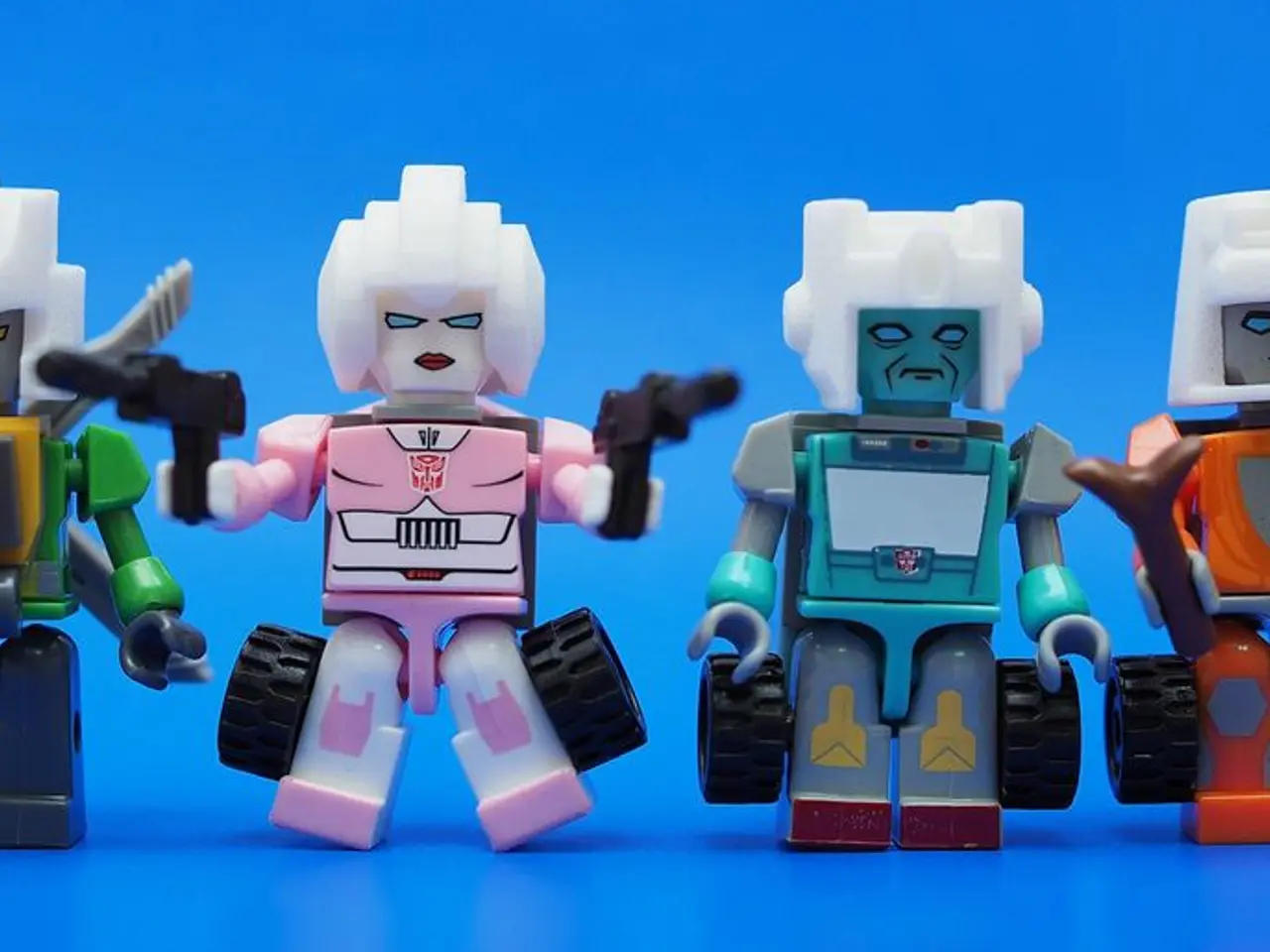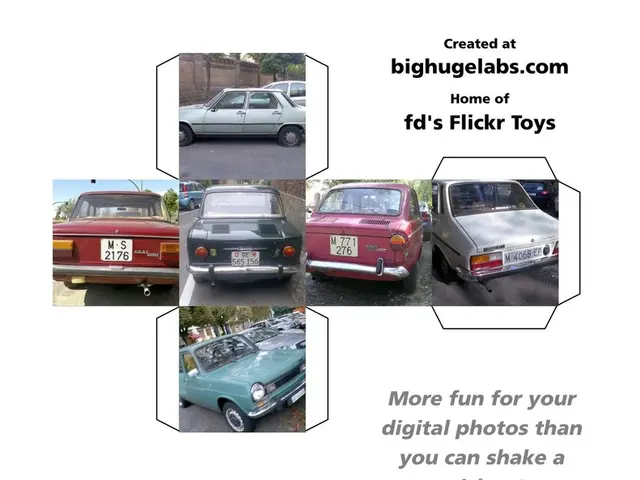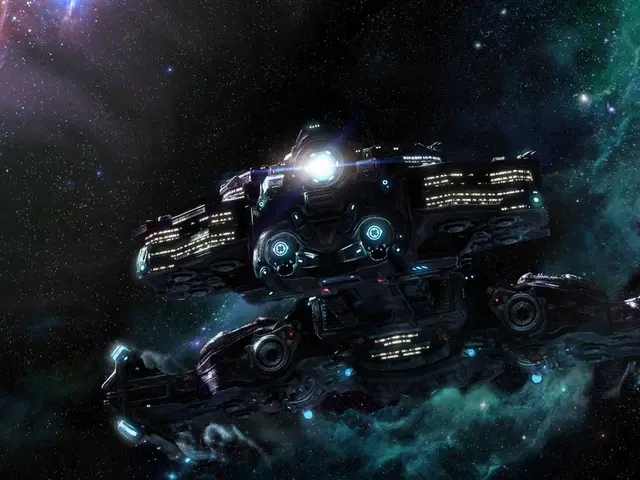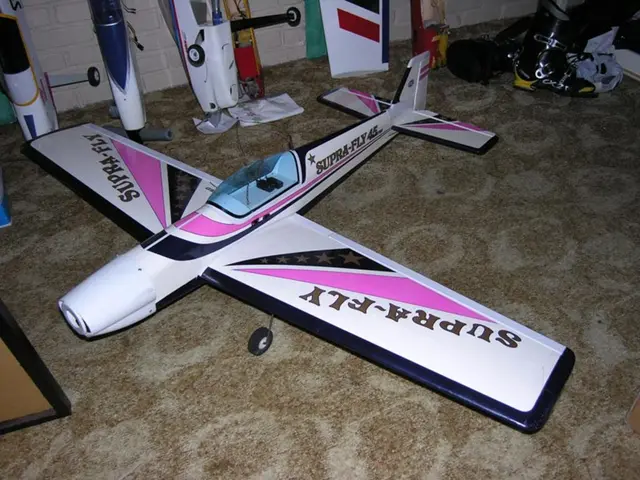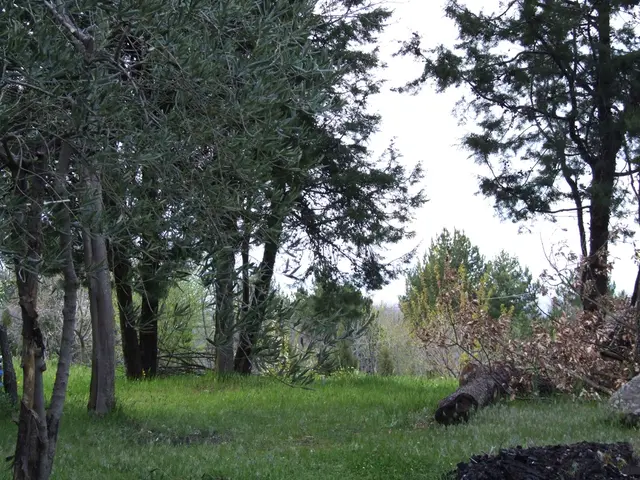Barrier of Precision: A Challenging Aspect in Robotics' Path to Dexterity
In the ever-evolving world of robotics, one challenge remains unsolved: dexterity. This elusive quality, which humans take for granted, is the key to unlocking a new era of robotics, where machines can manipulate objects with the same precision and versatility as humans.
Human hands, with their 27 degrees of freedom (DOF), thousands of tactile sensors packed into fingertips, and a force detection as fine as 0.02N, respond with remarkable speed and accuracy. Their dexterity lies in their ability to solve complex tasks, from the synchronized motion of multiple fingers to collision avoidance and coordinated motion planning.
However, current robot hands fall short. Their force precision is limited by lag and mechanical inefficiency, often operating with force thresholds of 1N or more, response times between 100-500ms, and 12-20 actuators for movement. Robots today also operate with a sensor density gap compared to humans, making precision control impossible without high-fidelity tactile sensing.
The development of an affordable, scalable, and human-like robotic hand would significantly advance robotics. It would enable more precise, versatile, and accessible robotic manipulation capabilities, bridging the precision gap that has long hindered robots' ability to interact with objects.
Progress in dexterity may come from various sources. Improved tactile sensors, smarter force control algorithms, AI-driven multi-modal integration, and specialized designs for industrial applications could all play a role in improving robotic dexterity.
One example is the Tesla Optimus Hand, which boasts 11 DOF with force sensors but prioritizes scalability over fine dexterity. On the other end of the spectrum, the Shadow Hand, with its 20 DOF and tactile sensors, is extremely advanced but research-focused and too expensive for widespread deployment.
The Allegro Hand, with its 16 DOF and position control, offers a promising step forward, but it has limited tactile feedback and is insufficient for high-precision tasks. Each attempt to bridge the precision gap faces trade-offs, making the quest for true dexterity a challenging one.
True dexterity requires more than just replicating human hands. It requires multi-modal sensory fusion, including touch, vision, proprioception, and force. Robots must apply precise force in real time with a margin for error that is razor thin, a feat that is orders of magnitude more difficult than for human hands.
Every object requires unique handling due to differences in weight, surface friction, fragility, and material properties, making manipulation face infinite variability. This is a far cry from the predictable dynamics of locomotion, which robots have already mastered. Dexterity, therefore, stands as robotics' precision barrier, separating locomotion from autonomy. Autonomy lies further, requiring human-level reasoning and adaptation.
The future of robotics depends on breaking through the dexterity barrier to build machines that can use their hands as well as humans. Until an affordable, scalable, human-level robotic hand is developed, robots will remain "blind" to subtle textures and pressure gradients, their dexterity limited and their potential unfulfilled. The quest for dexterity in robotics continues, a challenge that, when overcome, will revolutionise the field and redefine what robots can do.
Read also:
- Hydrogen set to revolutionize India's space expeditions, transportation sector, and clean energy ambitions, according to ISRO Chairman's claims
- Strategic approach to eco-friendly nickel production for electric vehicles in Europe
- Solar energy company, Imperium, alongside QORAY Mobility & Energies Solar Business, bolsters Nigeria's environmental future by producing superior solar panels domestically and offering flexible payment options.
- AI Inspection Company, Zeitview, Secures $60 Million Funding for Expansion
